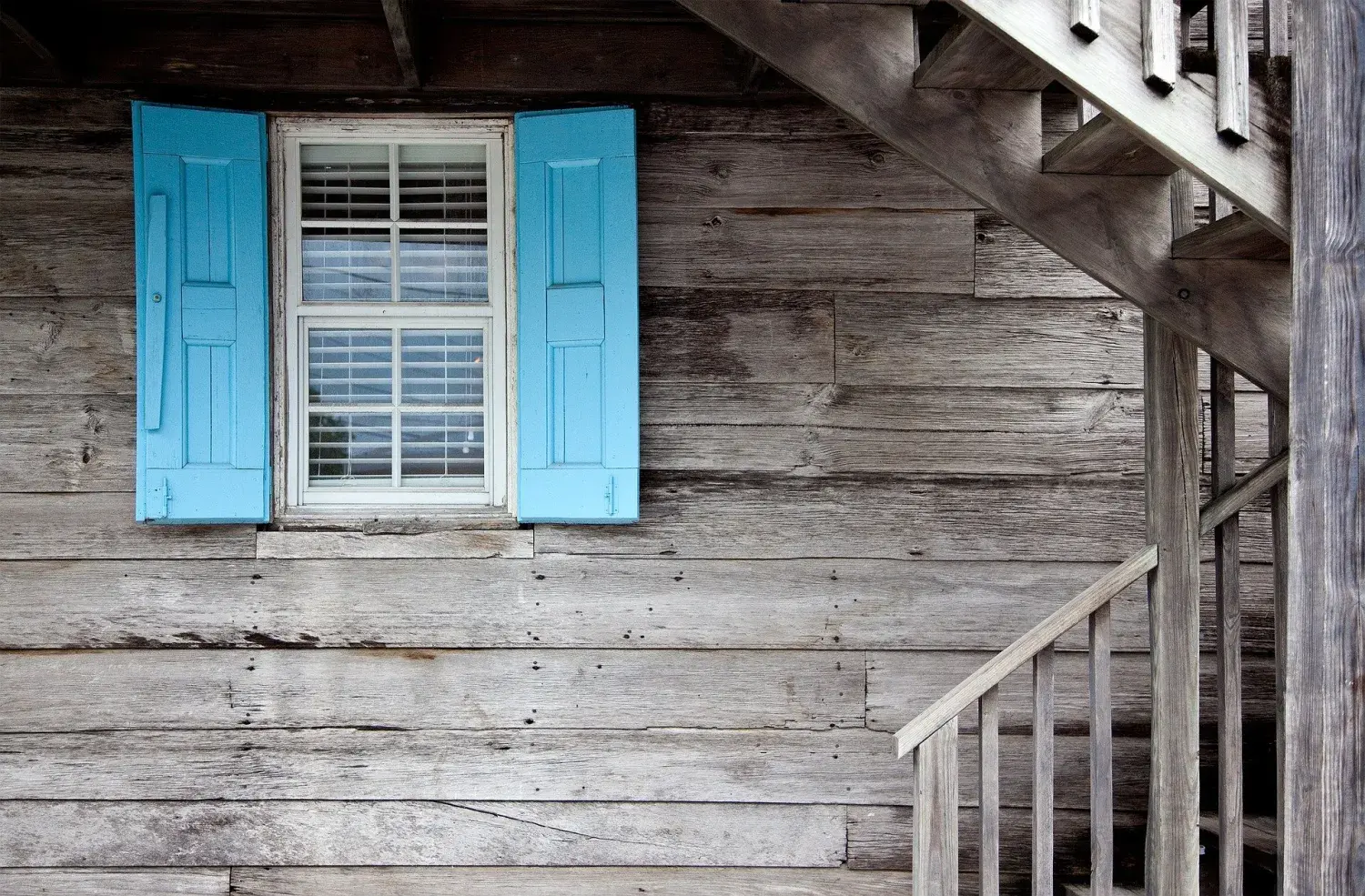Fire protection and wood - do they go together?
Wood burns! This is well known, but building with wood has been taken for granted for many centuries, and interest in it is growing. Increasingly, timber construction is also coming into line with our building regulations: Some federal states have adapted their "state building codes" (in German Landesbauordnung) in favor of the natural material. Buildings beyond the high-rise limit have long been feasible. In Hamburg, for example, one of Germany's largest timber buildings is being built, the 65-meter-high Roots residential building.
Wood is sustainable, stable and safe
Wood offers some clear advantages. One is most certainly climate protection. Wood binds the greenhouse gas CO2 instead of releasing it into the atmosphere. In addition, the low thermal conductivity of wooden walls and floors limits heat loss from houses. In addition, wooden structures are considerably lighter than stone and concrete structures. As a result, additions to existing buildings are structurally easier to implement.
In the event of a fire, wooden structures prove to be extremely load-bearing, contrary to popular belief. This is because the components remain largely dimensionally stable. This is due to the low thermal conductivity and the resulting very low coefficients of thermal expansion. In the event of fire, a char layer forms on the outside of the material. This protects the wood core from burning through and collapsing over a longer period of time. This can be seen in the fire of half-timbered houses: Their wooden skeleton holds out, but the rest of the house falls victim to the flames.

In contrast to wood, supposedly safer and non-combustible steel girders often fail very suddenly in the event of fire at temperatures above 900°C. Under load, for example from heavy concrete parts, the failure of unprotected steel girders and the collapse of the building or parts of the building can even be expected at temperatures of more than 500°C, as they are reached in minutes during a fire.
Fire protection specifications can be met

In building classes 1 to 3, construction with wood as a material is largely unproblematic. So-called fire protection impregnations, specially tested and approved paints and varnishes, can be used to upgrade wood from building material class B2 (normal flammability) to B1 (low flammability). Impregnations are mainly suitable for interiors.
From building class 4 onwards, the requirements of the state building codes (LBO) must be observed. Most LBO require building material class A (non-combustible) for load-bearing and bracing components. Wooden load-bearing structures cannot achieve this classification. For multi-story buildings, a fire protection concept provides the necessary summary fire protection assessment. The concept can then also be used to legalize deviations from the building code through sensible and verifiable compensation measures. Further requirements, such as the division of smoke and fire compartments, rapid alerting in the event of a fire, and safe evacuation of the building via the escape routes, are also recorded and defined in the concept.
According to our CWS Fire Safety experience, building with wood requires cooperation with a competent fire protection planning team already in the design phase. It considers the design on the basis of the specific component and material properties in order to achieve an optimal fire protection-compliant result. We also recommend involving the approval authorities in the planning process at an early stage.
Solutions for high requirements
European fire safety regulations do not yet comprehensively present general standards on the fire behavior of wood. However, the flammability classes of building materials are tested and classified according to European standards. The relevant standard is DIN EN 13501-1. Most wood construction materials are assigned to classification D-s2,d0 (normally flammable, smoke emission class 2, non-burning, dripping).
In order to achieve specified higher protection targets and limit fire spread, additional non-combustible cladding materials can be used. These are often plasterboard fire protection panels, for example. They protect the combustible building materials behind them from ignition. This option is often used for fire compartmentation and escape routes. The market also has tested and approved partitioning systems available for penetrations, such as those for cables and combustible pipes. With the support and advice of our CWS Fire Safety experts, you will find the right solution for your purpose.

The burn-up rate of the building material wood can also be represented mathematically. Thus, the statically required timber cross-section to ensure the load-bearing capacity of the timber structure in case of fire over a defined period of time as well as further protection targets of fire protection are verified. Two simplified calculation methods are given in DIN EN 1995 Parts 1 and 2.
Yes, timber construction and fire protection go together. However, good planning and professional use are indispensable when building with wood. We at CWS Fire Safety are your competent contact.
